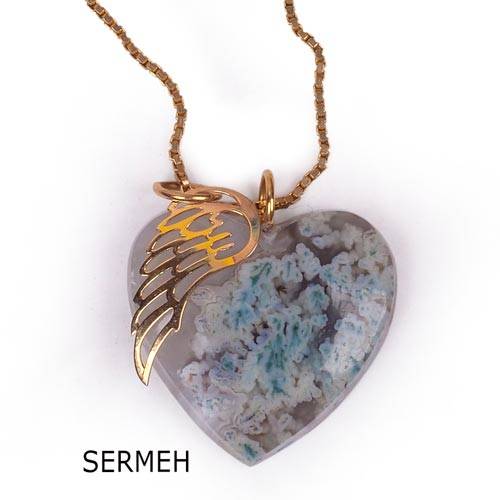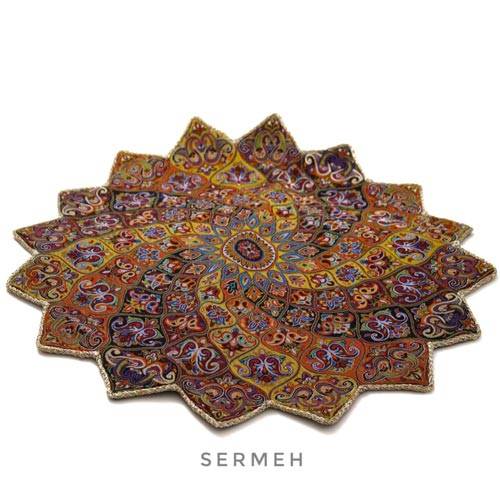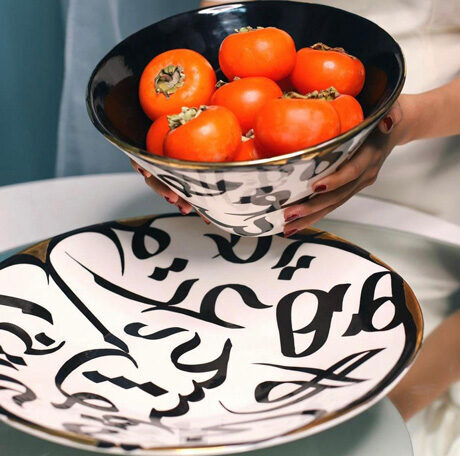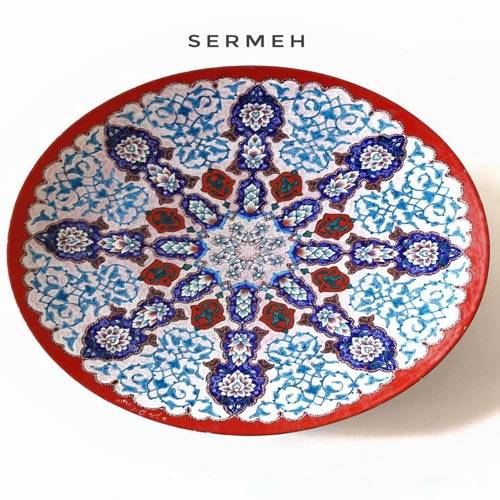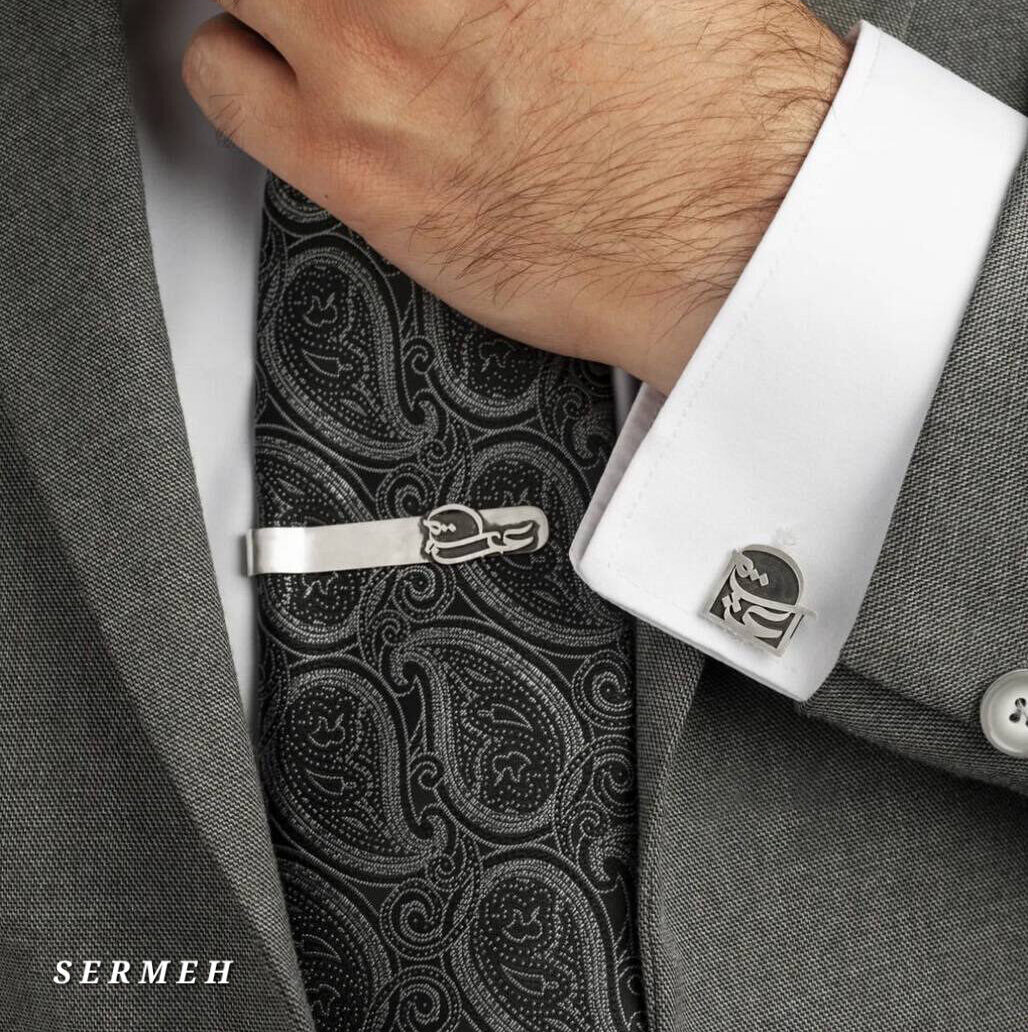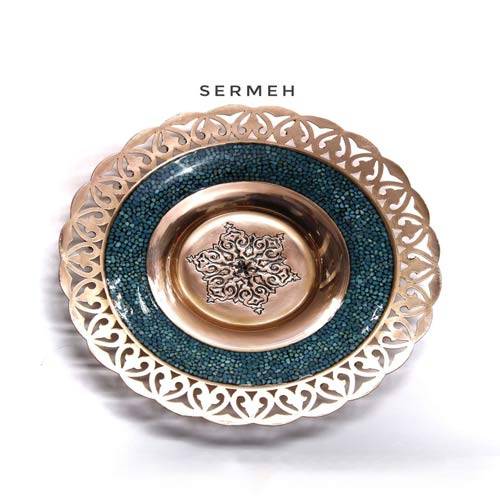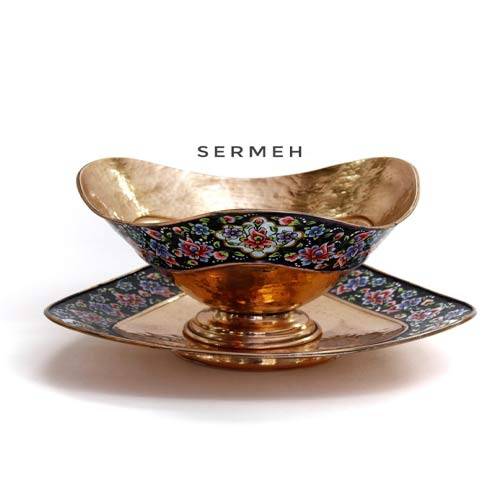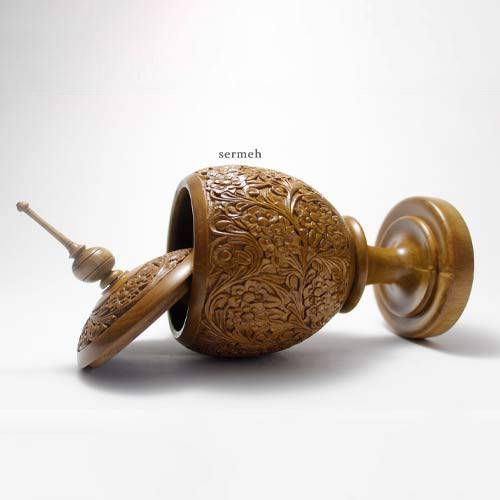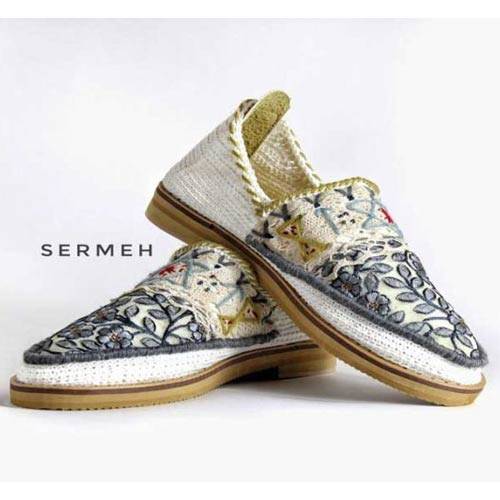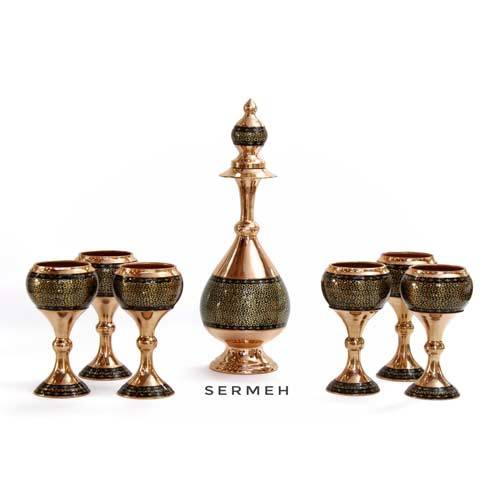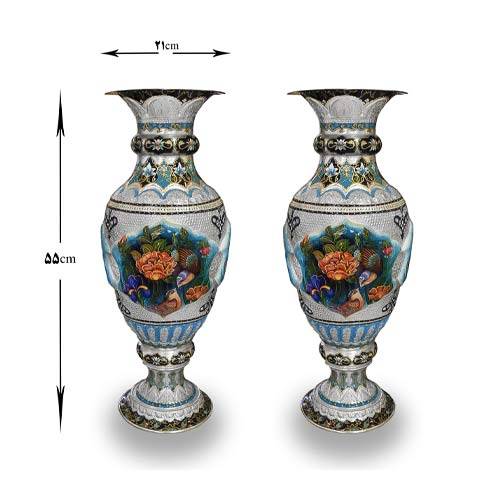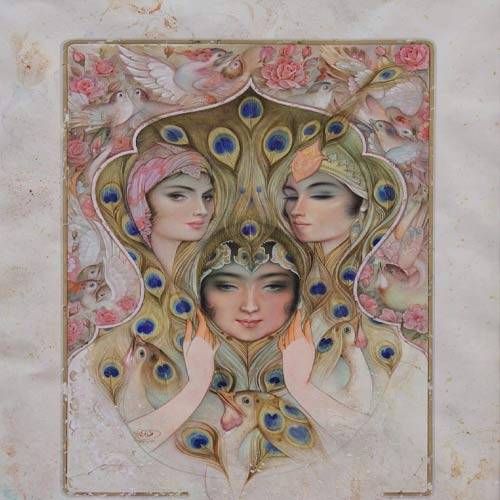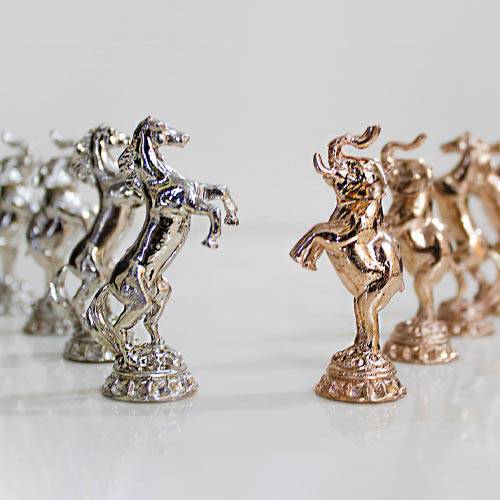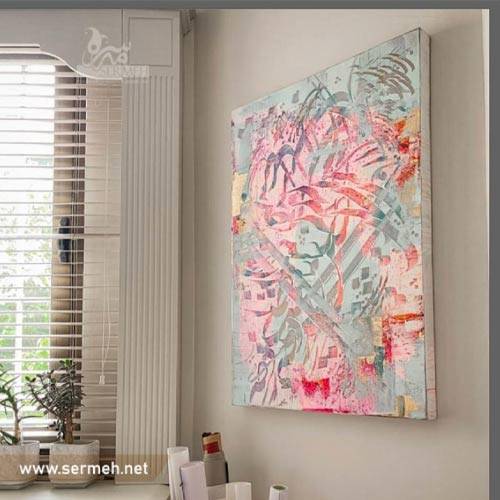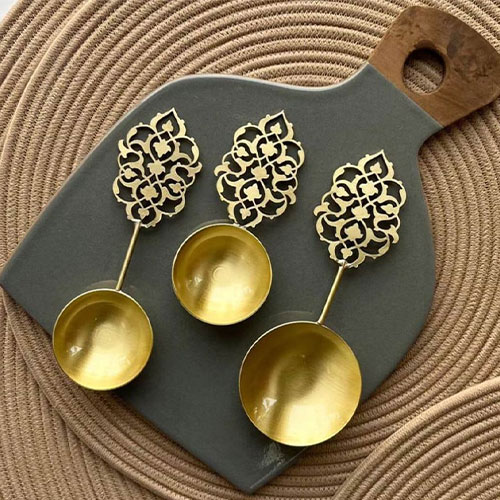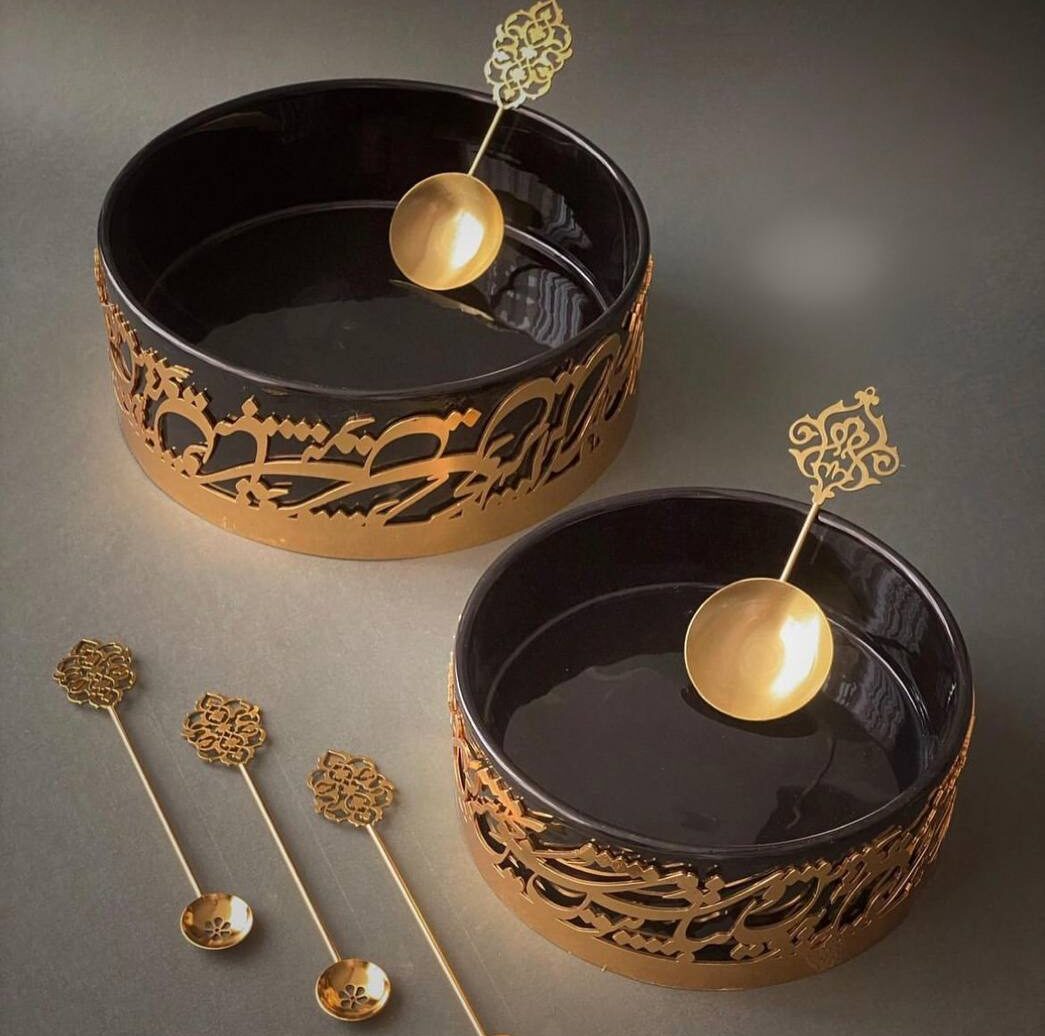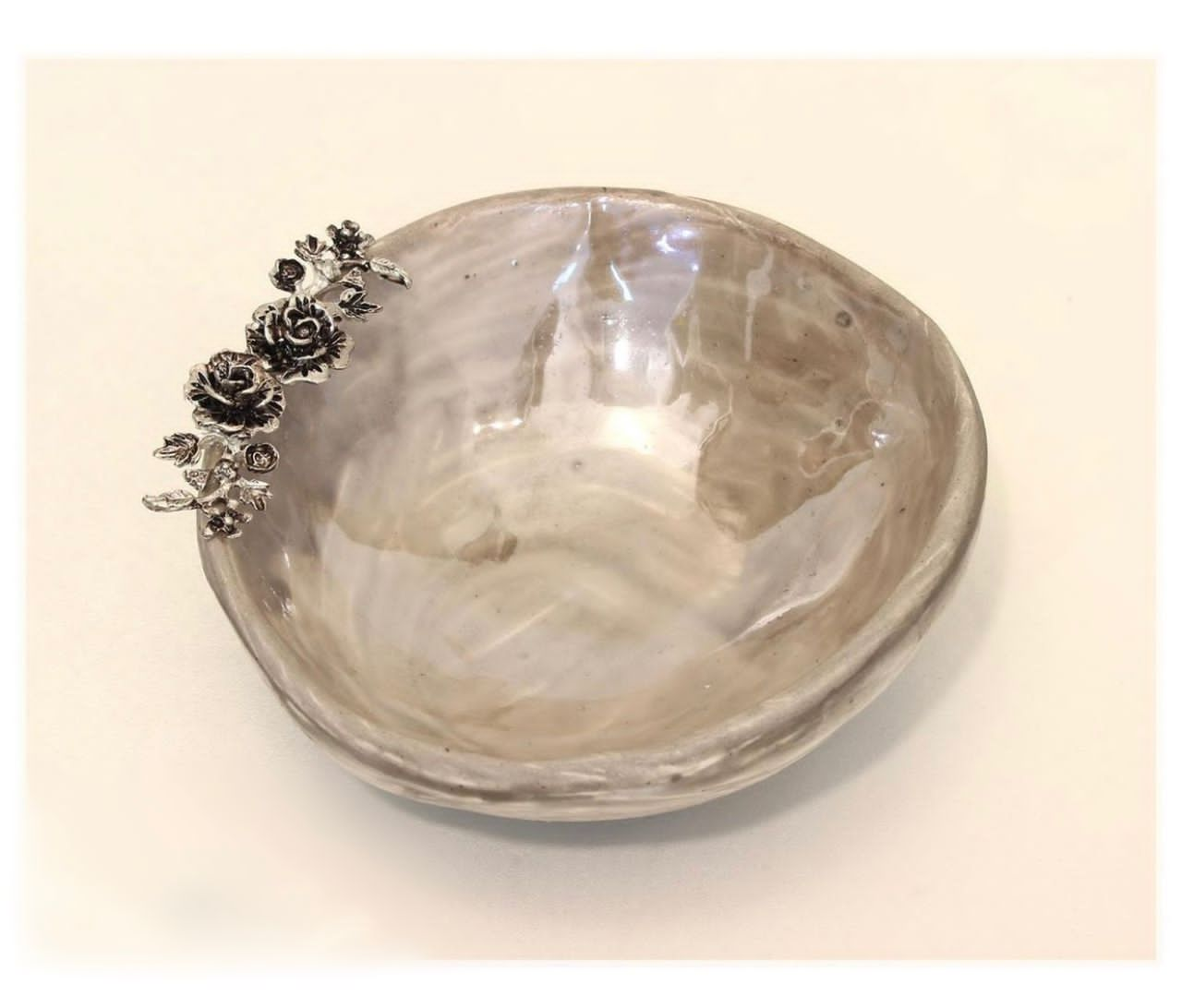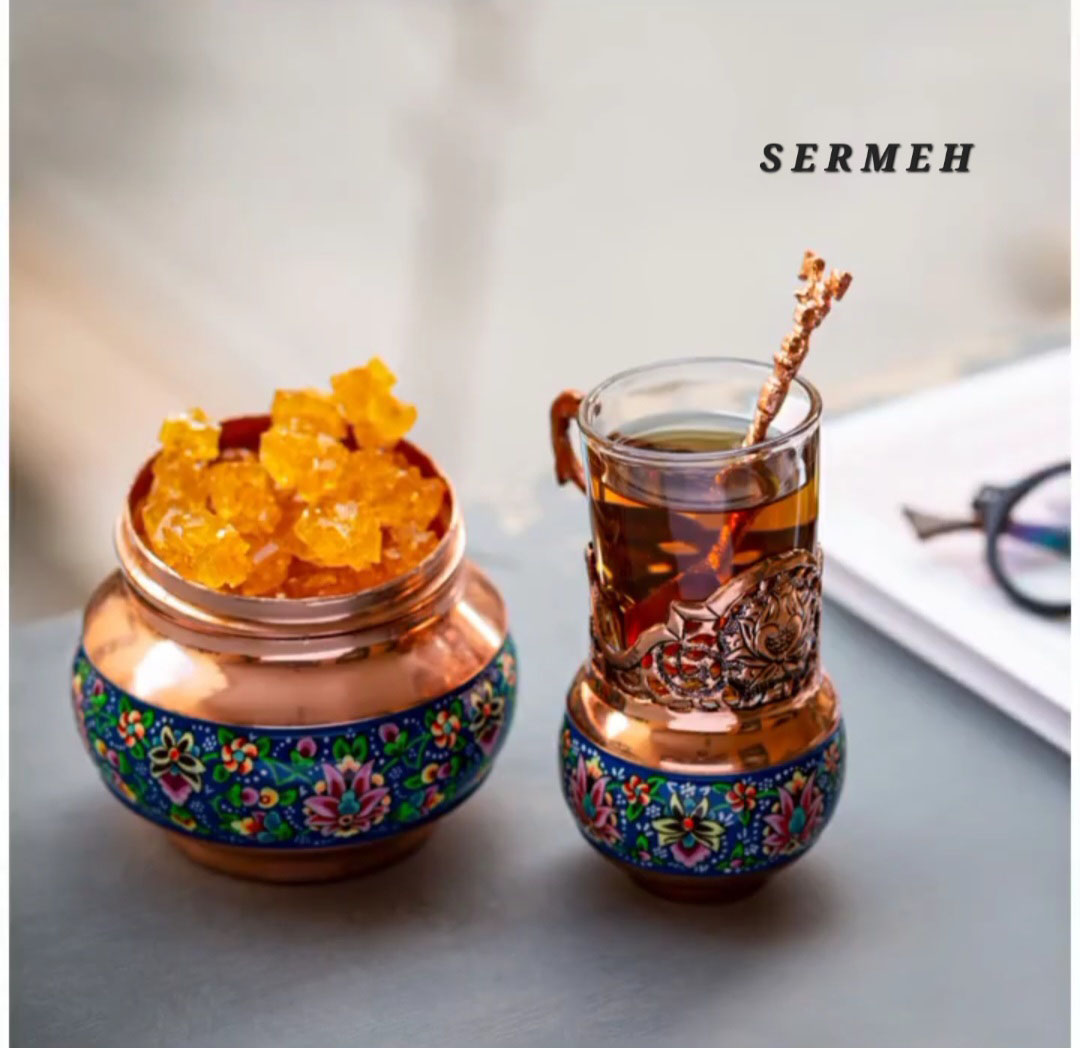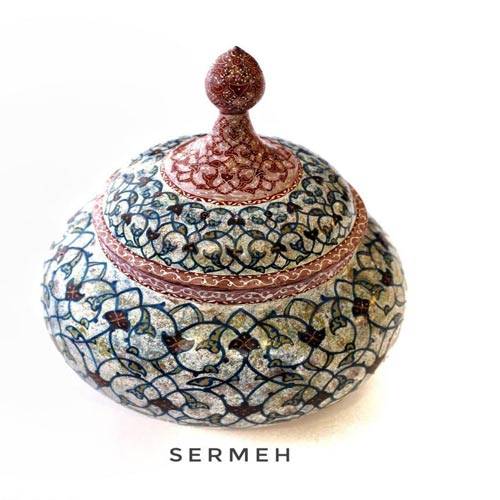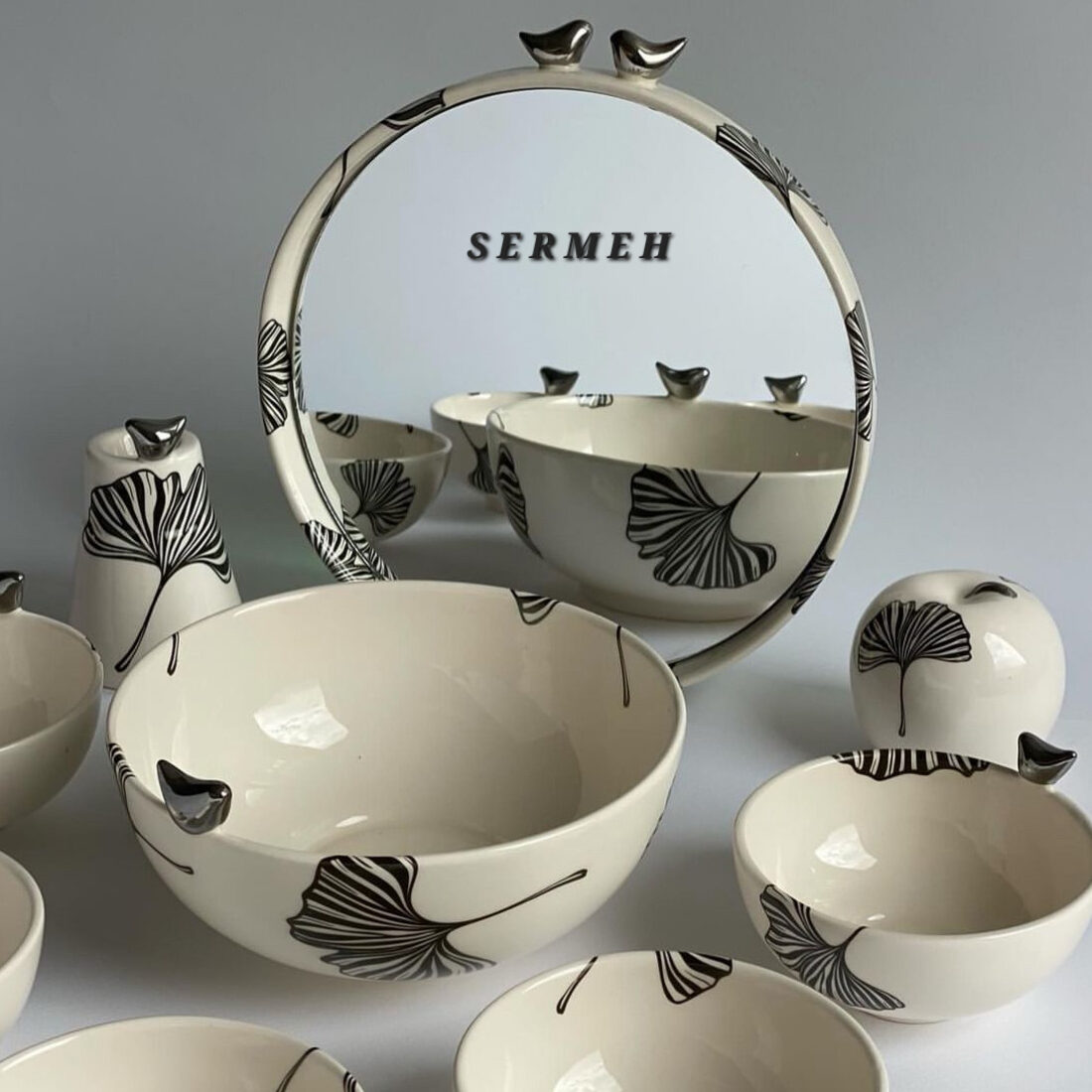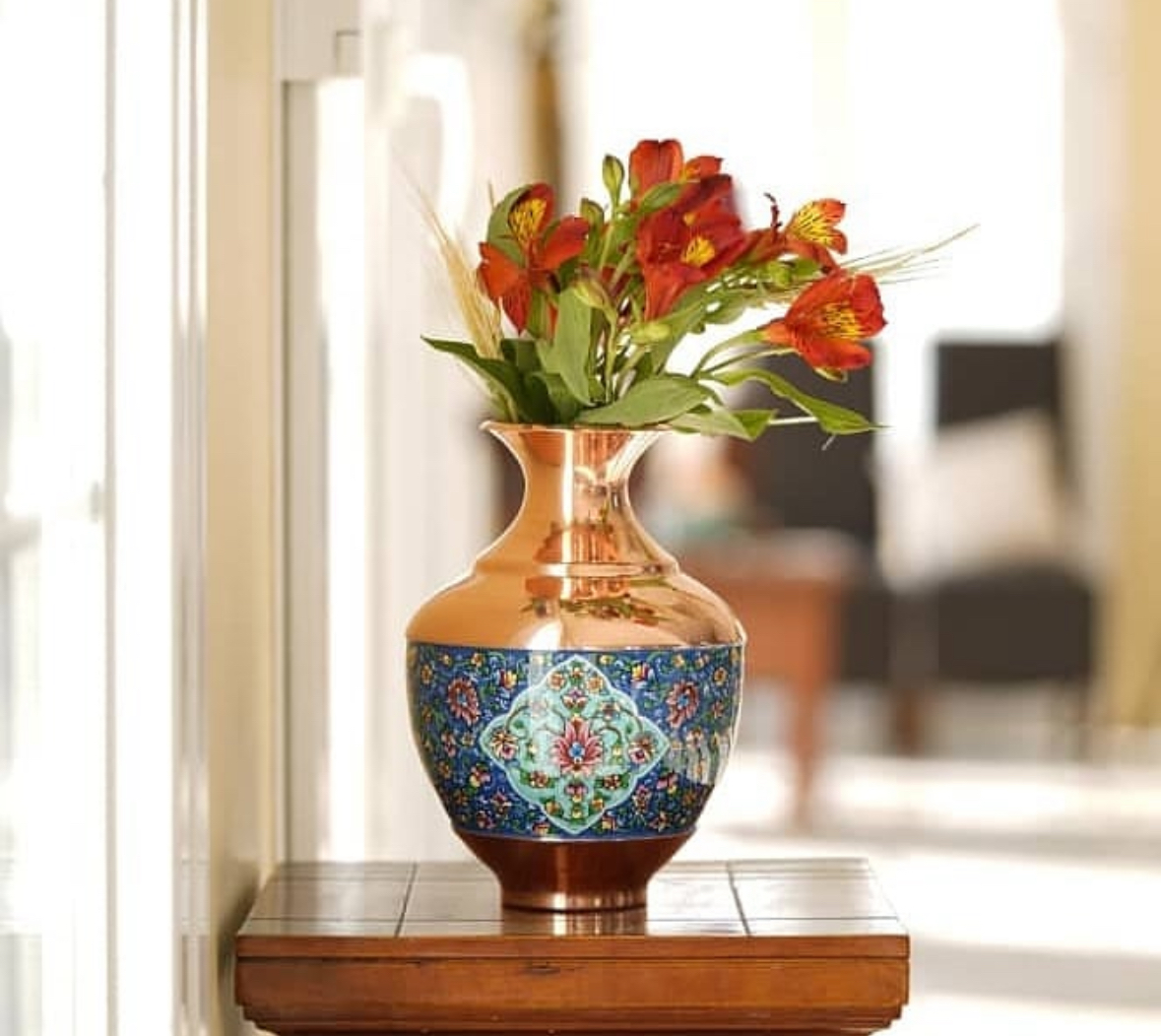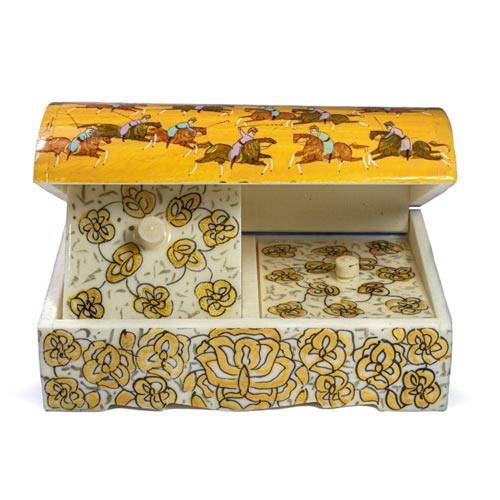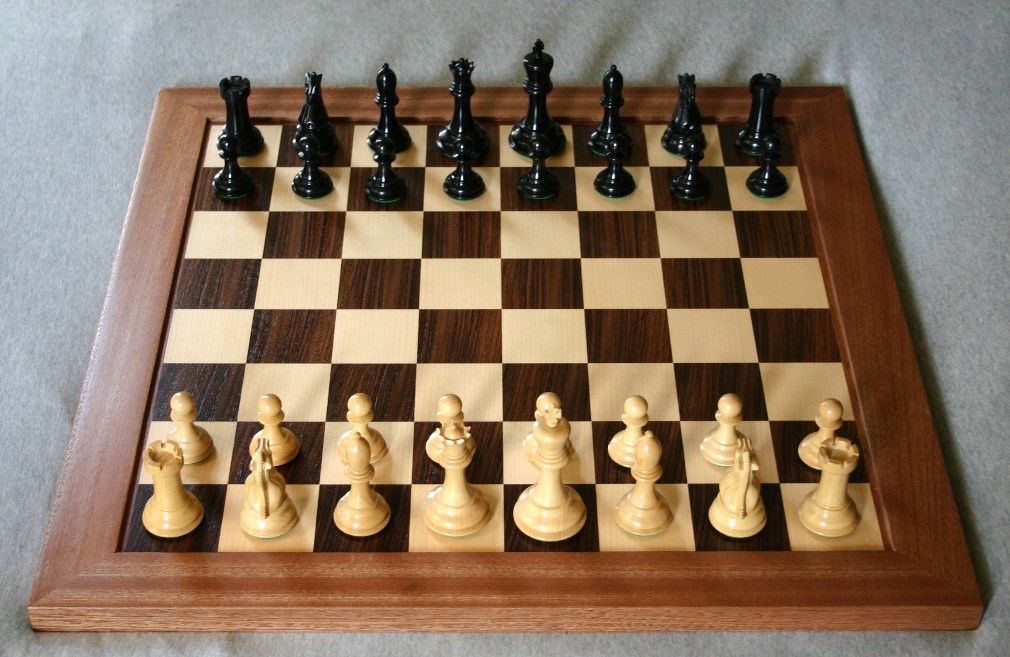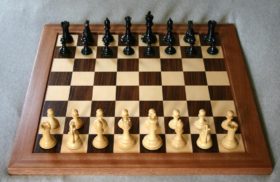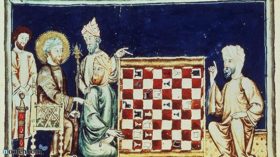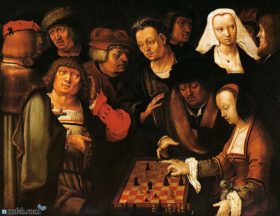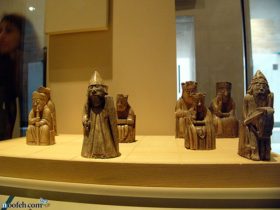the history of chess pieces
The word “chess” is the Persian pronunciation of “Chaturanga”, a word used in Sanskrit to name this game.
Chess is so important and credible in today’s world that it can be placed next to other sciences. So it is not surprising that in civilized countries, chess players are seen as geniuses and exceptional people and are even awarded high academic degrees. Therefore, they have a prosperous life and play chess with enough leisure. To the extent that some of them have nothing to do but participate in international competitions.
Chess tournaments are now held internationally every year in various forms, including individual, team, women, students, and even the blind. At a glance, it can be seen that the progress of a country is not unrelated to the development and influence of chess.
Chess is an Iranian invention. Some have called it the invention of the Indians, Greeks, Romans, Babylonians, Scythians, Egyptians, Jews, Chinese, and Arabs.
But what is more accepted than any other opinion is that chess was originally in India, then brought to Iran from India, spread from Iran to the Arabs and the Islamic world, and finally went to Europe from the Islamic world. In fifteenth-century Europe, chess became the way it is today; In the second half of the nineteenth century, the World Chess Championship began. In the twentieth century, the World Chess Federation was founded.
The chessboard is an 8 by 8 square board, one in black and white. The vertical columns facing the chess players are marked alphabetically (from A to H) and the horizontal rows are numbered (1 to 8).
16 white pieces in 16 two-row houses one and two and 16 black pieces are also placed in 16 houses two rows seven and eight, the board must be placed so that the first house to the right of both chess players is white.
Vertebrae:
Infantry (soldier)
Horse; Modern N – Classic C (Italian)
Elephant; Modern B – Classic F (Italian)
Rokh (castle); Modern R – Classic T (Italian)
Minister (Farzin); Modern Q – Classic D (Italian)
King; Modern K – Classic R (Italian)
Infantry (soldier)
Sultan al-Faibi and Caliph Harun al-Rasheed were among those interested in chess.
“Chess Players” (1508) by the famous Dutch painter Lucas van Leiden.
Old chess pieces belong to the Middle Ages
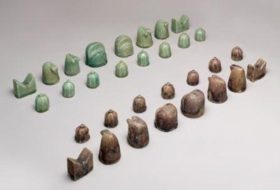
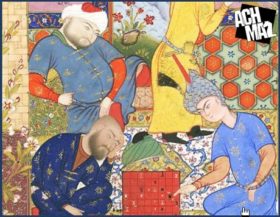
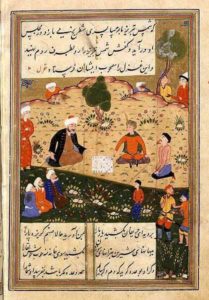
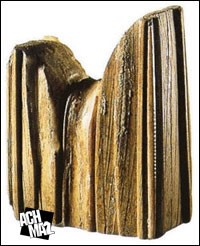
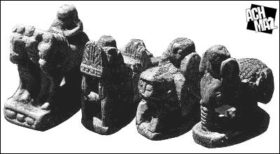
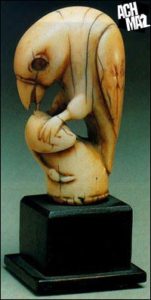
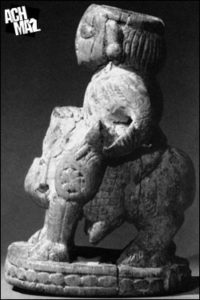
Sermeh – Persian Handicrafts Store

